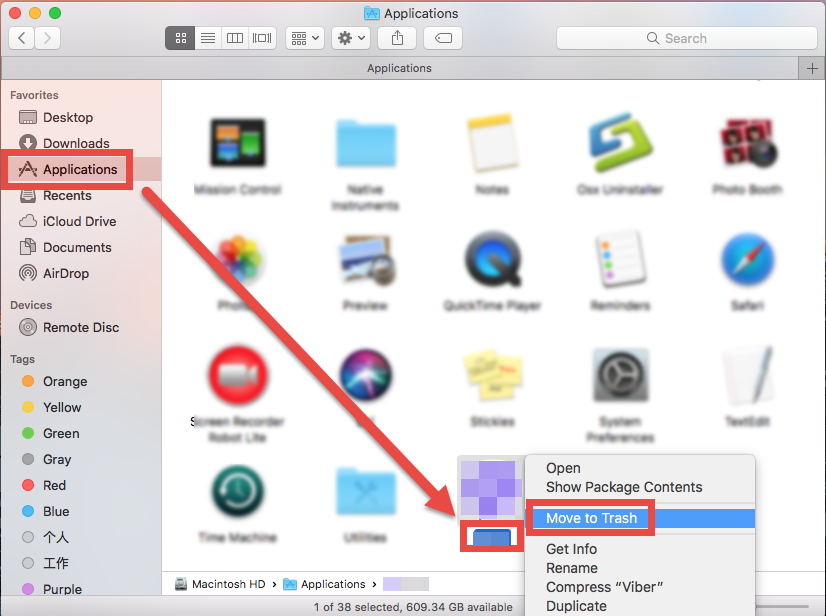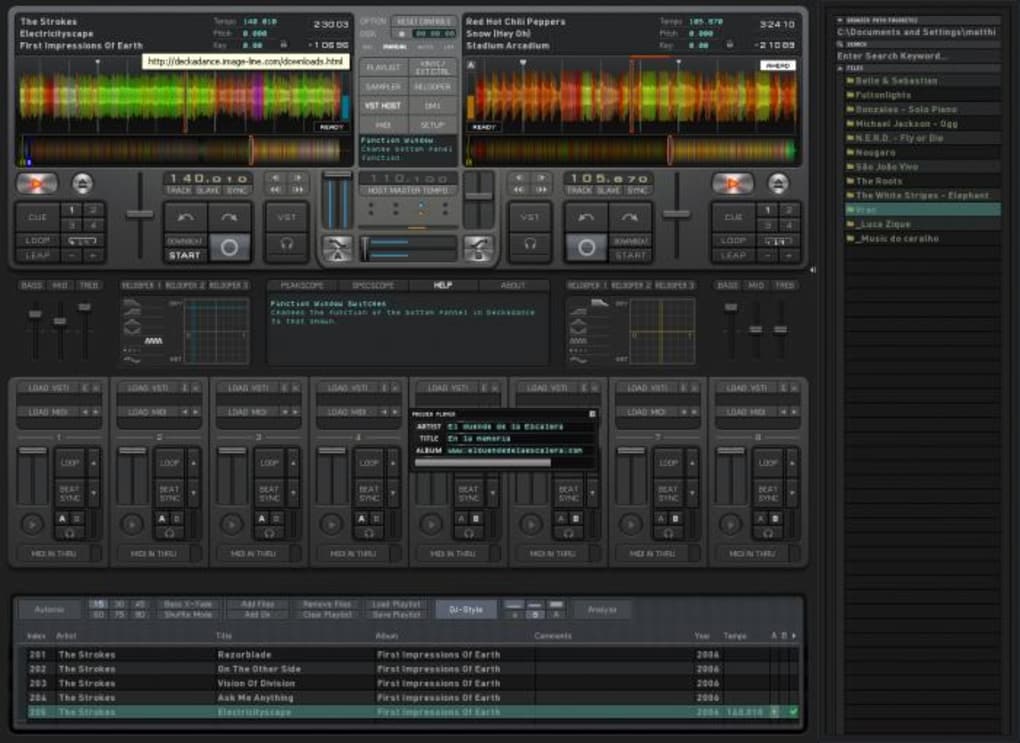
So we drag 5 VPCS to the workspace, a switch, and draw links between the devices.

Let's create a graphical network for demonstration purposes? Our virtual office is going to have 5 computers (Virtual PCs) and these will be connected to a local ethernet via a switch. The topology summary pane on the right corner lists each of your devices. You can enable the grid if you want things to look tidy.

Essentially, this is very similar to creating a flowchart.

To connect them to one another, add a link. Drag a symbol from the sidebar to the workspace to add a new interface. It has the following options: routers, switches, end devices, security devices, and links. The sidebar on the left displays the nodes (or interfaces) that you can add to the workspace in the middle. Note: However, pay attention to the final step of the installation, because there is one more optional program (Solarwinds toolset) that you can download. Npcap is required for your network cards to communicate. But then I noticed that the GNS3 client integrates these tools and you can use them directly from within the program's interface. You can uncheck any of these, though I would suggest you install them unless you know that you don't require some of them I did so for the purpose of reviewing them. The installer has quite a few third-party network tools that are pre-selected for installation. Windows users should download the all-in-one (EXE) from GitHub or SourceForge. The GNS3 client is what you use for controlling the virtual machine server and simulating the network. Installing the GNS3 client on Windows, Mac, and Linux You can download the program and the server VM from the GitHub or SourceForge pages without registration. Note: If you want to download GNS3 from the official website, you will need to register for an account, and that requires a lot of personal information.


 0 kommentar(er)
0 kommentar(er)
